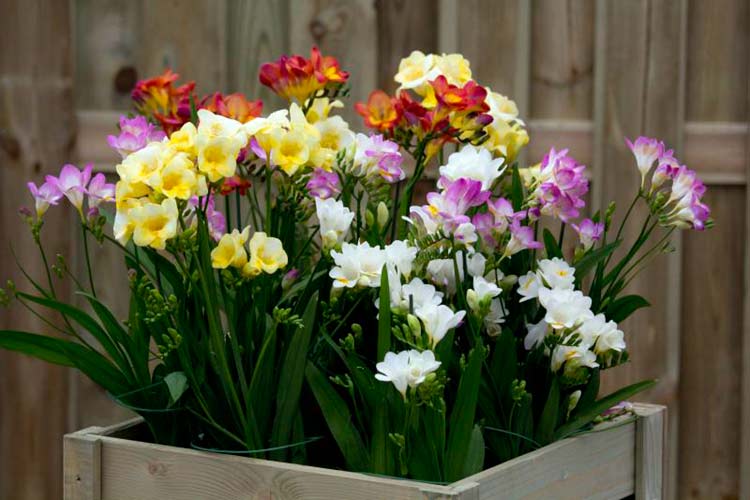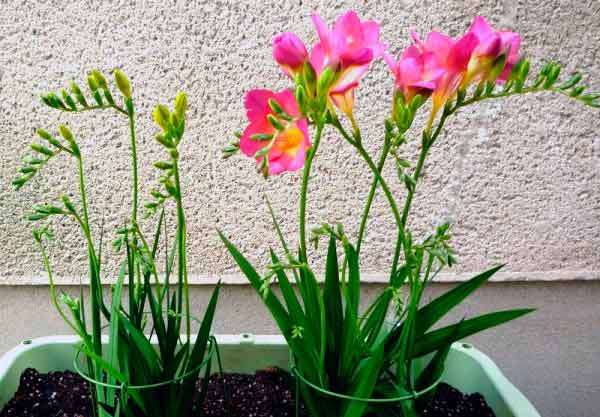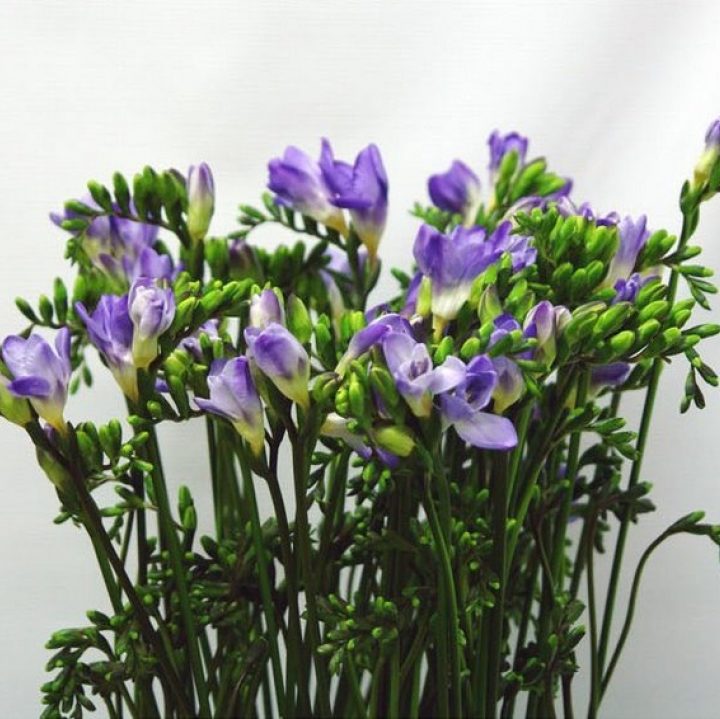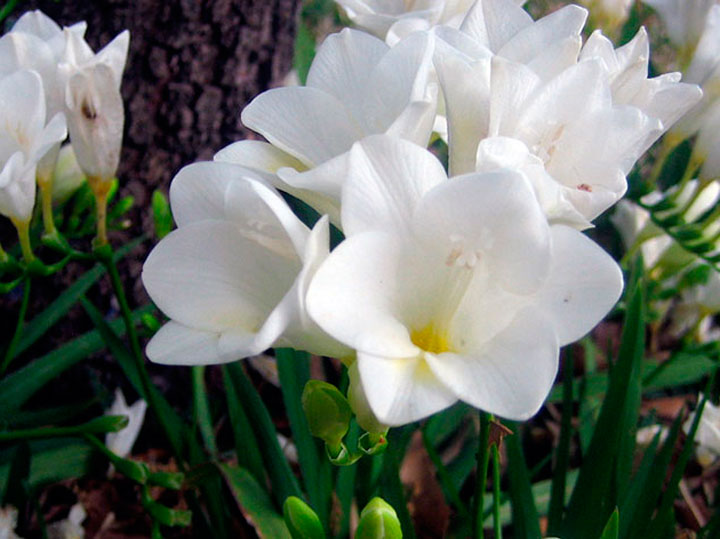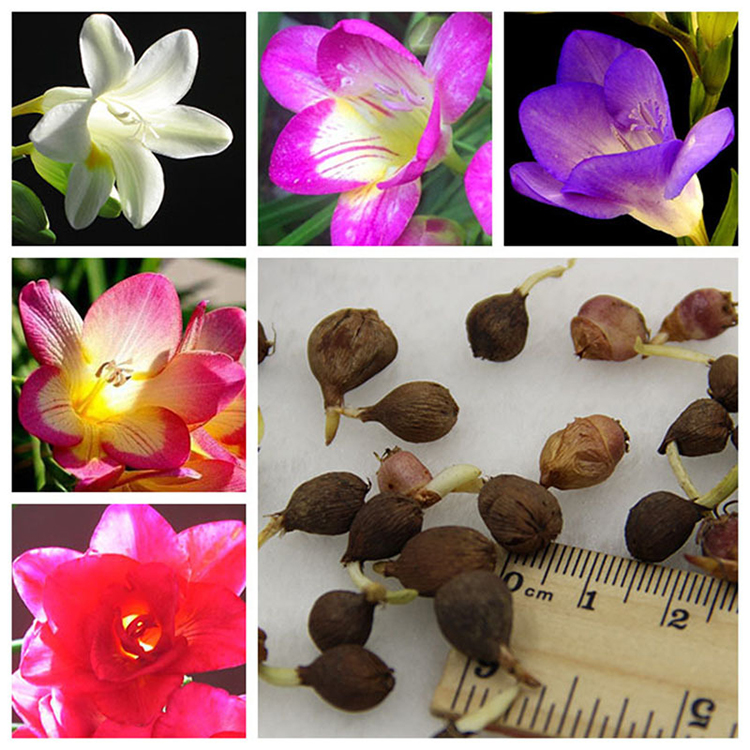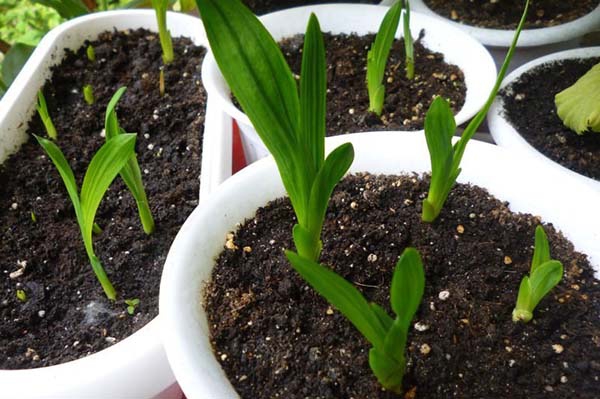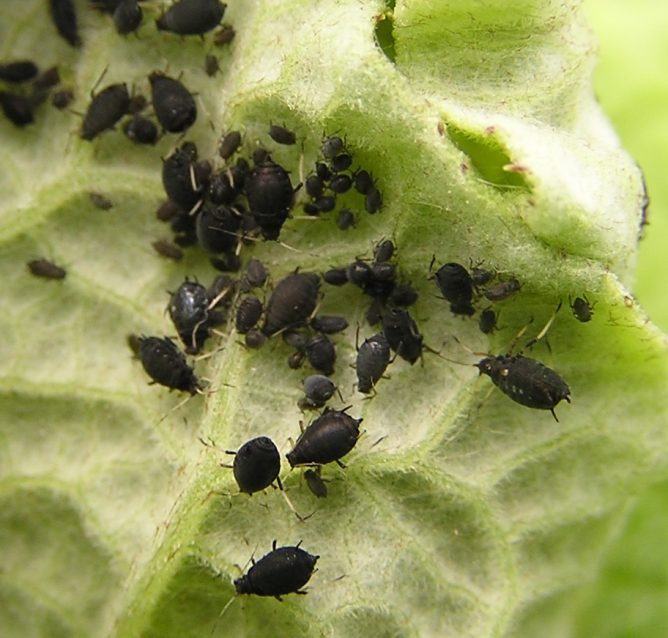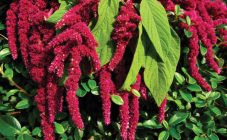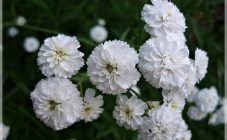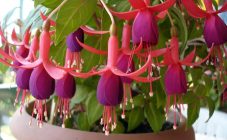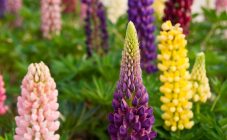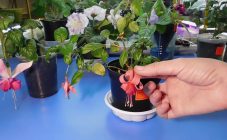Content:
The freesia flower got its name in honor of the doctor from Germany F. Frese, who described it and was the first to cultivate it in the middle of the 18th century. Today, many quite often confuse the genus Freesia with Frizei, belonging to the Bromeliad family, but they are not related to each other. The article below will discuss what kind of plant it is and how to plant it correctly.
Flower description
Many types of freesia are distributed throughout the Cape province in South Africa, due to which some call this flower "Cape lily of the valley". In addition, there are two species that are common in the tropical zone of the country, and the rest - on the northern border and up to Sudan.
They use it as an ornamental plant, for which they began to plant it from the 19th century. Especially common freesia hybrid, which has a strong aroma reminiscent of lily of the valley. And there are about 150 such varieties. Freesia acts as the progenitor:
- broken, which has pale yellow flowers;
- leuhtlin with white flowers;
- armstrong with pink flowers.
Today the main place of cultivation of this plant is the Netherlands. Planting freesia is possible throughout the year. The period when it blooms directly depends on the time of planting the corm. In a region with cold climatic conditions, when planting in open ground, it is necessary to dig out the bulbs for the winter, and when growing at home in a pot, the hybrid can be green throughout the year.
Characteristic
Freesia is a plant:
- height from 20-70 cm, however, the hybrid variety can reach 1 m;
- with too much branched stem;
- with leaves of a linear shape, in the center of which a vein appears, reaching a length of 20 cm and a width of 1 cm;
- with flowers, of which there are up to 5 in the inflorescence, with a fragrant aroma, narrow-funnel type and 3-5 cm long and a weak and narrow tube and a wide neck 6 cm.
The flower has oval-shaped lobes with a pointed tip, but the upper central one has a wide and blunt shape. Inside you can see 3 stamens fixed in the tube cavity. As for the color of flowers, freesias can be seen in nature:
- blue;
- blue;
- lilac;
- purple;
- beige;
- orange;
- pink;
- red;
- cream and even white.
The ovaries are of a three-celled type, and the capsule with seeds is small in size, obovate. The seeds are angularly rounded and dark brown in color.
What does freesia smell like? Naturally, depending on the variety, type and place of growth, it will differ significantly, but on average it resembles a spicy aroma.
Types and varieties
There are about 150 hybrid varieties, but freesia is considered the most popular:
- Blue Moon;
- Mix;
- Delta River;
- Do Cassis;
- Double;
- Volante;
- N Delta River;
- Honeymoon.
Among the most popular varieties is Armstrong, whose height reaches 70 cm, and the flowers:
- scarlet;
- pink;
- red;
- similar in shape to a bell;
- with a pronounced aroma;
- collected in inflorescences of 5 pcs.
The foliage is xiphoid, elongated, and flowering begins in May and ends in early July.
Among the subspecies, Cardinal is distinguished, or, in other words, freesia with red, non-double flowers, more than 70 cm high.On one bulb, about 3 peduncles 35 cm in size can be removed.There are about 11 flowers in 1 panicle. The inflorescence is 9 cm long, with a yellow stamen, blue pistil and purple anthers.
Freesia hybrid is a combination of the best qualities collected from its progenitors. Bushes reach a height of 1 m, highly branched. Brushes with large fragrant flowers of such shades as:
- Violet;
- crimson;
- yellow.
They are monochromatic and two-colored. In addition, the Ballerina variety is in demand. This freesia is white with yellow at the base and corrugated leaves. She also possesses:
- white throat;
- yellow stripes on it;
- 12 flowers in 1 inflorescence, the size of which is 5-6 cm;
- peduncles 25-30 cm;
- the most delicate aroma.
White freesia or, refracted (broken), differs from many other types:
- miniature size;
- thin stem;
- spreading foliage;
- inflorescences in the form of a paniculate spike, each of which has 5 flowers of white or yellow shade.
The flowering period is April.
Freesia Alba with snow-white large flowers, on which there are purple strokes and yellow throat, can be called no less interesting.
Those species that are called a mix are considered very interesting, because they have an incredible number of features, both in characteristics and in external data. Choosing the Mix Freesia tubers, you can grow a dozen different flowers on your site, creating a stylish and aromatic composition that can drive you crazy with its appearance.
Care features
Freesia flowers require proper care, and only then can they live up to expectations. Care must be taken to properly prepare the corms for subsequent transfer to the ground. This is done at the end of March.
Terry freesia and other types are planted in pots or boxes for seedlings, which are pre-filled with soil, which contains:
- sand;
- humus;
- peat;
- turf soil.
The bulbs must be placed evenly and then watered abundantly. It is strictly forbidden to allow the soil to dry out. Literally in a couple of weeks, the first shoots should appear, and in mid-May, after the flower garden warms up to at least 15 ° C, you can plant the sprouted onion in open ground.
When growing a plant in a warm climate, you can exclude the germination of corms and immediately send them to the garden. Where the winter subzero temperature is no more than -6ᵒC, it is quite possible to plant in the autumn months. Before planting procedures, a number of preparatory work is required:
- The earth is dug 40 cm deep.
- The site must be well drained.
- The soil is fertilized with peat.
- Pegs are dug in to further carry out the garter of the plants.
- To exclude overheating of the root system, you need to prepare humus, peat or needles for mulching.
When does freesia bloom? On average 12 weeks after planting. Flowers will open in partial shade conditions, as direct exposure to sunlight negatively affects their delicate petals, and this can provoke burns. For optimal growth, a temperature of 15-21ᵒС in the daytime and 10-15ᵒС at night is sufficient.
Fertilizers are applied once every 14 days. For this, potassium salt and superphosphate are used. During the growing season, the soil around it is regularly cleared of weeds and weeded.
If desired, you can significantly extend the flowering period, for which a peduncle is cut off, which has bloomed 1/3 of its length.Also after flowering, the volume and frequency of watering is reduced, which allows the foliage to accumulate vitamins and nutrients that are important for the formation of new and beautiful buds. Once the foliage has turned yellow, it must be removed.
Reproduction
Freesia is pink and not only reproduces in 3 ways using:
- seeds;
- tubers;
- corms.
Propagating this culture with seeds is a very long, painstaking process. Even if the recommendations are followed, it is not always possible to achieve a positive result. The very process of growing from seeds is:
- preparation of a mixture of soil, peat, humus, sand and sod soil, poured into a container;
- laying out seeds;
- sprinkling with earth.
The container is closed with a film or glass and watered regularly, since the soil does not dry out. A month later, the first shoots will begin to appear. As soon as they reach a height of 3 cm, they are thinned out and put into a shelter. A young plant can be planted in open ground in May.
Planting tubers is done at the same time as adult bulbs, for which they dig holes 5 cm deep and at a distance of 12 cm from each other. Above each planted nodule, the soil is mulched with a layer of humus of 5 cm.
Experts believe that reproduction with the help of corms is the best option, for which the plant, after digging, is divided into several bulbs that have grown over the season. This must be done carefully so as not to damage the thin skin, otherwise it will cause the death of the tuber. At the beginning of September, before the onset of frost, bulbs are dug up, which must be disinfected using a pinkish solution of potassium permanganate. Those onions that are in need of processing are especially in need of defects and disease lesions. After that, drying is required for 3 days at a temperature of at least 27 ° C, and then rejection is carried out. Old roots are removed, and good bulbs are folded indoors, dry and well ventilated. As for the temperature regime for storage, 25-27ᵒС is enough, and with the onset of February, the temperature should be lowered to 7-8ᵒС.
Diseases and pests
What pest can infect a freesia flower? As a rule, those who breed this culture are faced with such ailments as:
- scab;
- rot;
- fusarium.
In addition, viral flower diseases can occur. To exclude their appearance, you need to disinfect the bulb before planting, for which a solution of potassium permanganate is suitable.
Among the pests, the flower is most often attacked by:
- aphid;
- spider mite;
- thrips.
After the first signs of parasites are found, you need to try to collect them all, and treat the flowers with an insecticide. To prevent or do some kind of prevention, the plant is sprayed with soapy water at least 2 times per season.
How to use flowers
The aroma of freesia is very pleasant, for which they prefer to breed it at home. The area of application is very wide, as it is suitable for:
- gardens for the purpose of decorating flower beds, so it is planted in the beds or in containers put on the street;
- cutting in order to create bouquets with a delicate and sophisticated look;
- aromatherapy, since the smell of this beauty from South Africa is able to remove pain in the head, eliminate depression and even relieve fatigue;
- perfumes, and perfumes with notes of freesia are in great demand in France.
Thus, this aristocratic plant can decorate any place: rooms or front garden. Most importantly, it relieves bad moods and raises pep. So that there are no problems in growing and caring for freesia at home, you should not deviate from the above recommendations, and then it will delight you with its chic and healthy look for a long time.
